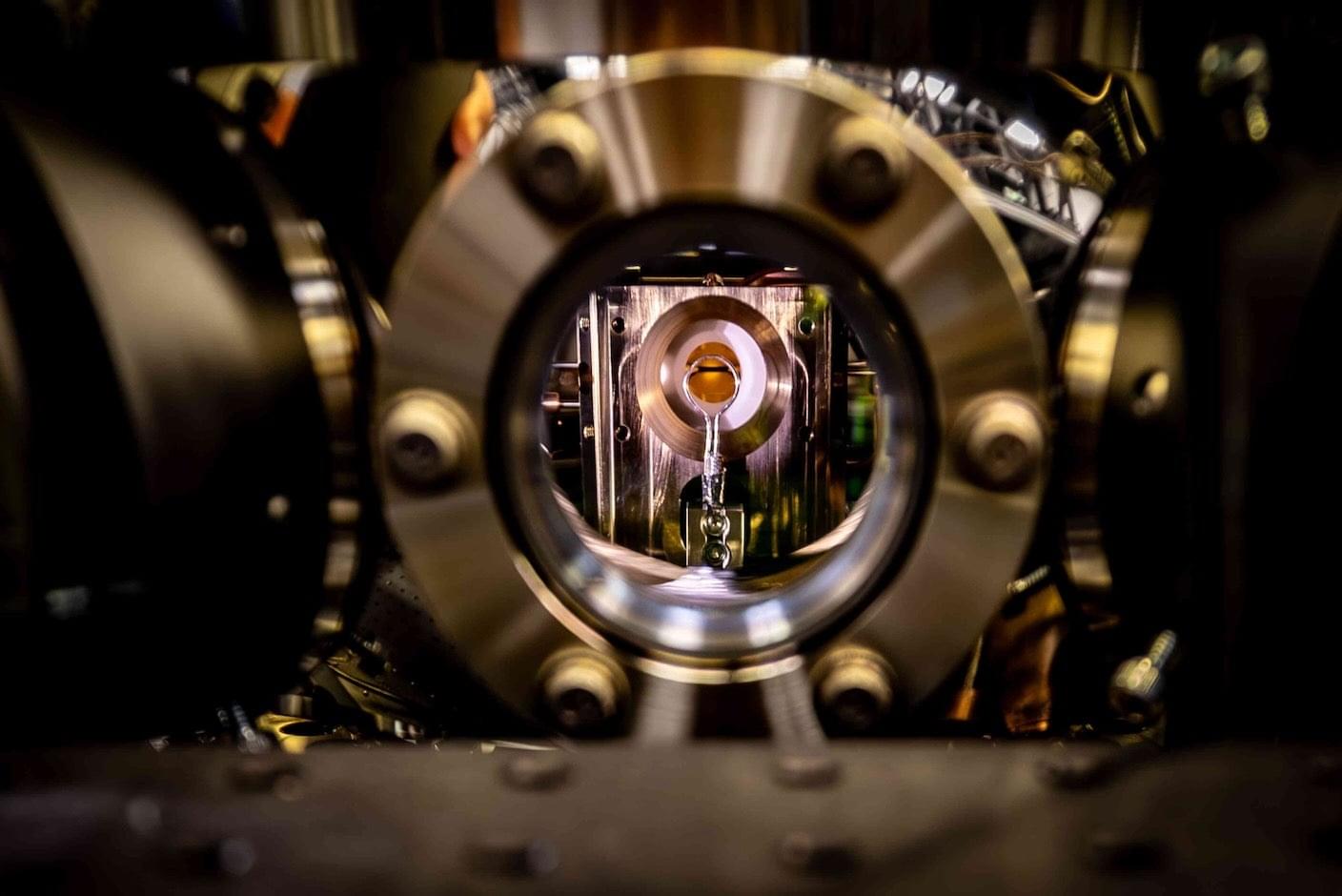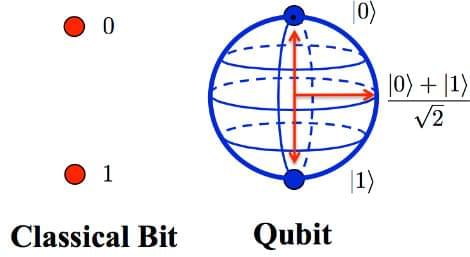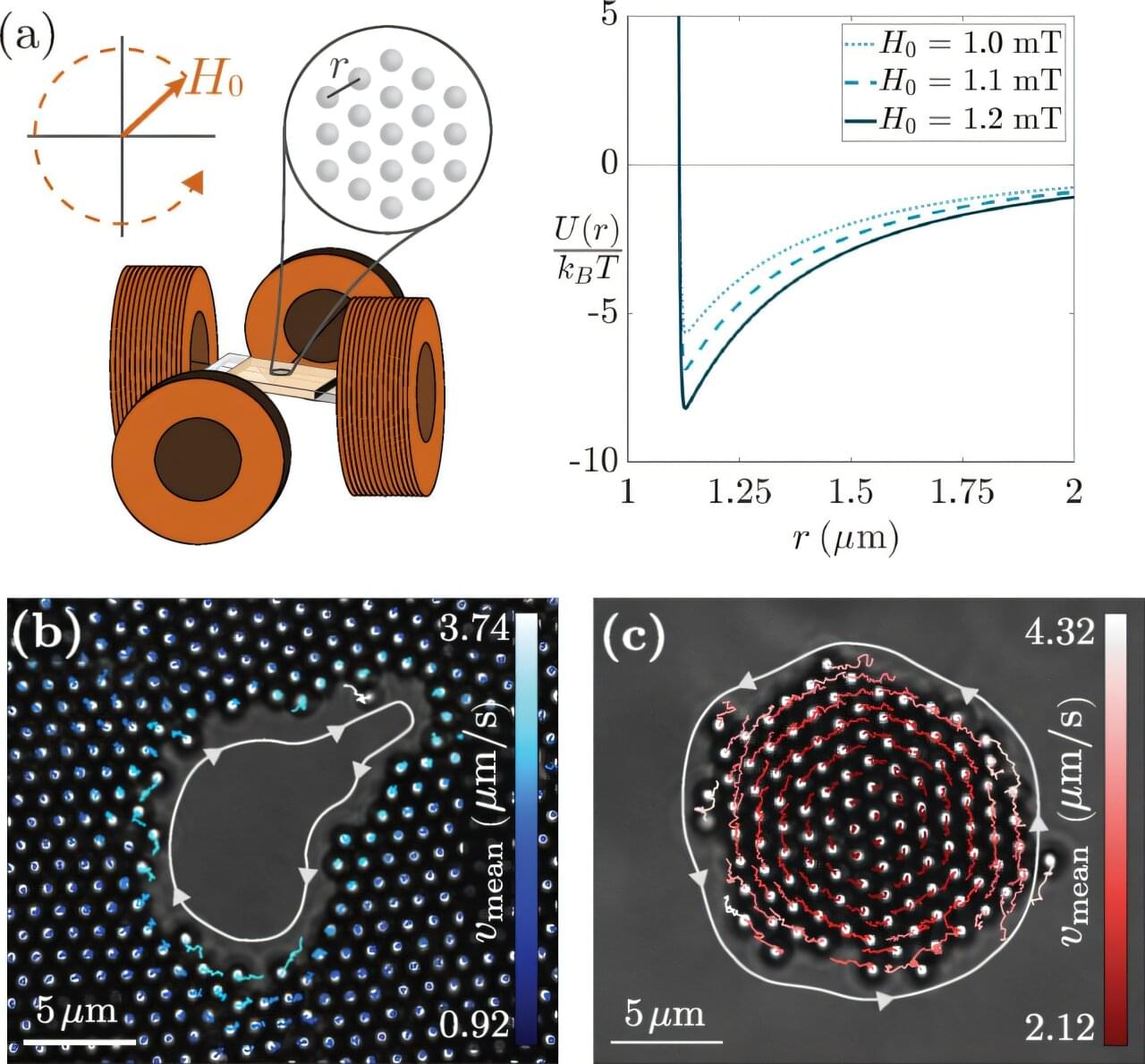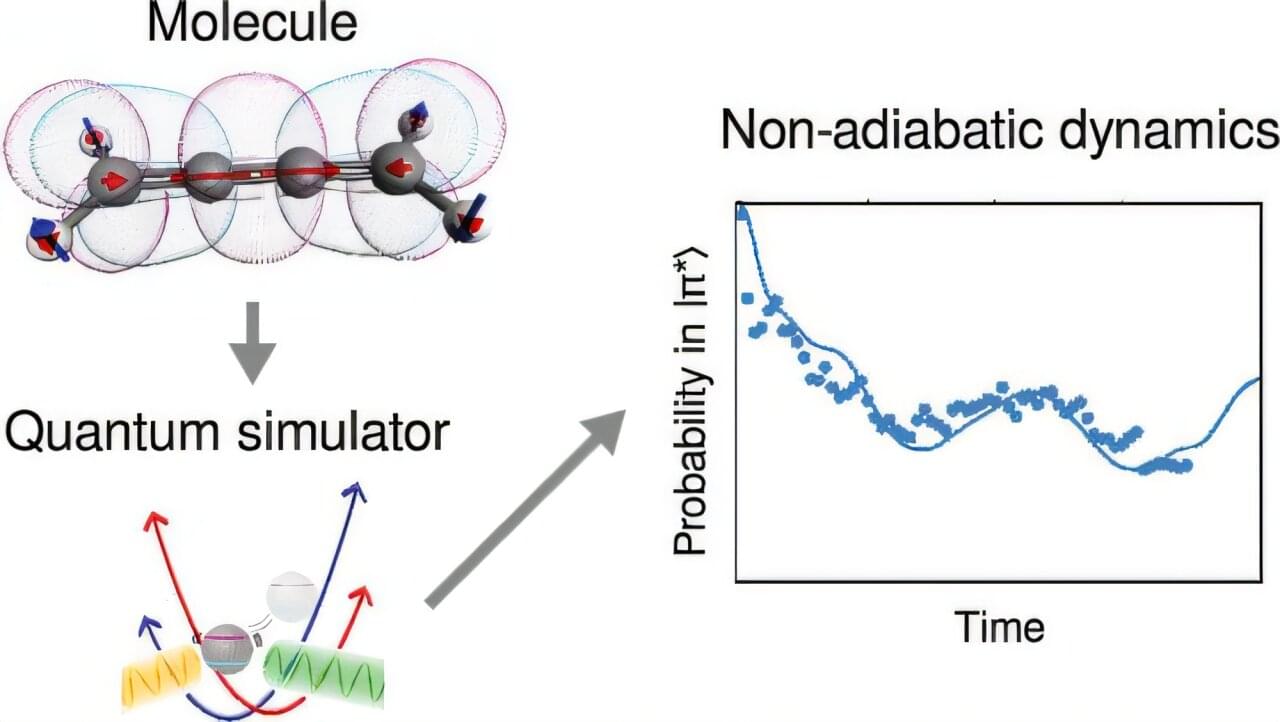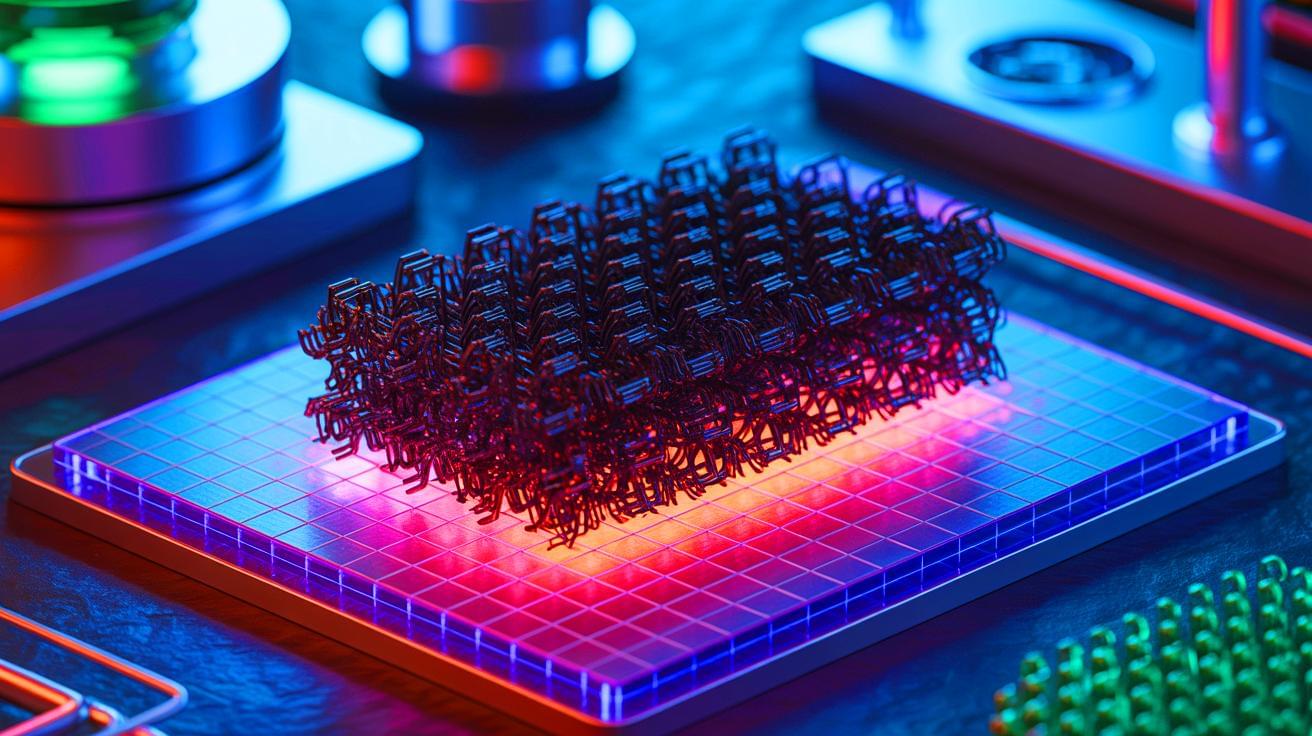The qualia problem of perception is simply pointing out that the way we perceive the world is in terms of subjective qualities rather than numerical quantities. For example, we perceive the color of light in the things we see rather than the frequency of light wave vibrations or wavelengths, just as we perceive the quality of the sounds we hear rather than the frequency of sound wave vibrations. Another example is emotional qualities, like the perception of pleasure and pain and the perception of other emotional qualities, like the emotional qualities that color the perception of the emotional body feelings we perceive with emotional expressions of fear and desire. There is no possible way to understand the perception of these emotional qualities, just as there is no way to understand the perception of the colors we see or the qualities of the sounds we hear, in terms of the neuronal firing rates of neurons in the brain or other nervous systems. The frequency of wave vibrations and the neuronal firing rates of neurons are both examples of quantities. The problem is we do not perceive things in terms of numerical quantities, but rather in terms of subjective qualities.
All our physical theories are formulated in terms of numerical quantities, not in terms of subjective qualities. For example, in ordinary quantum theory or in quantum field theory, we speak of the frequency of light wave vibrations or the wavelength of a light wave in terms of a quantum particle called the photon. A photon or light wave is characterized by the numerical quantities of frequency and wavelength. When we formulate the nature of a light wave or photon in quantum theory in terms of Maxwell’s equations for the electromagnetic field, we can only describe numerical quantities. In ordinary quantum theory and quantum field theory, the electromagnetic field is the quantum wave-function, ψ(x, t), that specifies the quantum probability that the point particle called the photon can be measured at a position x in space at a moment t in time. That quantum probability is specified in terms of the frequency and wavelength that characterizes the wave-function for the photon.
